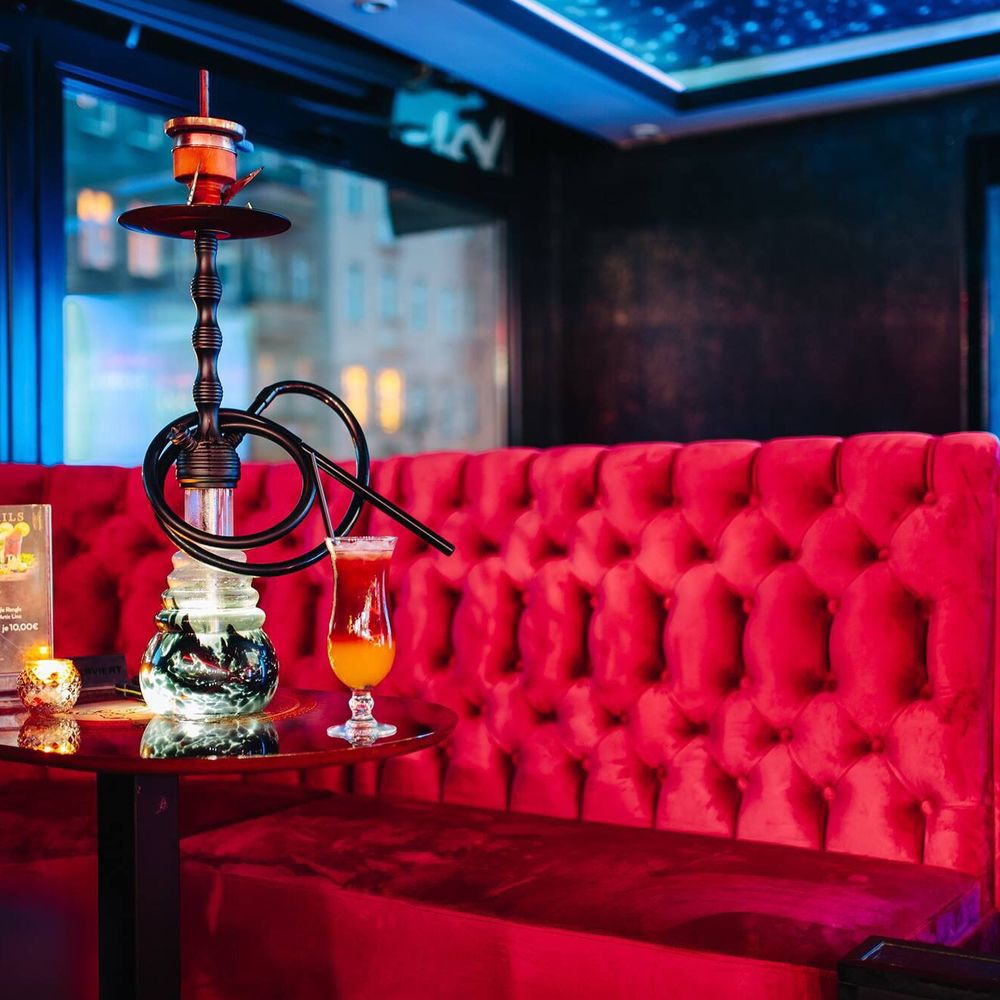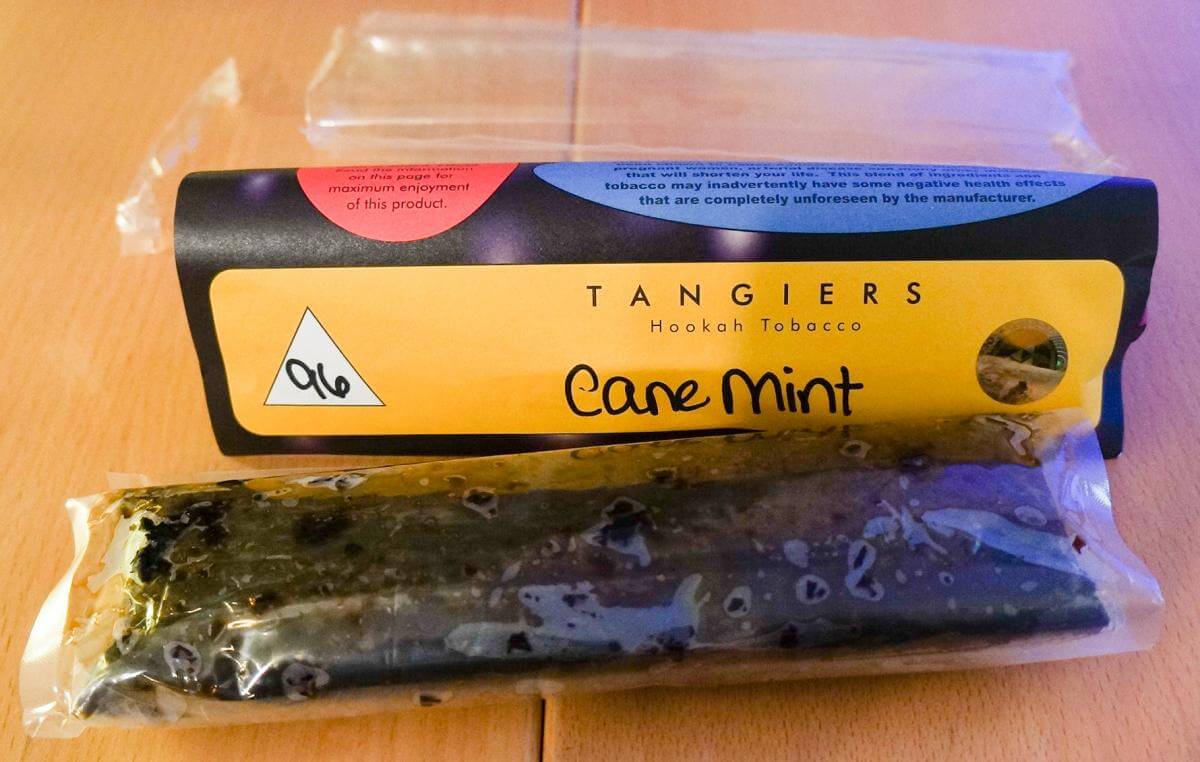By browsing the site, you confirm that you are 18 years old. Smoking harms your health and kills you!
The Hookah Goes West: How Europe and America Discovered Shisha

From East to West — The Journey of the Waterpipe
By the 17th century, travelers and traders carried the nargile from the Ottoman Empire into Europe. What began as an exotic curiosity soon fascinated diplomats, artists, and aristocrats across the continent.
In France, it was admired for its elegance; in Britain, it became a symbol of sophistication; and in Germany, it ignited a quiet revolution in engineering that still defines modern hookahs today.
The West didn’t just adopt the hookah — it reinvented it.
Europe: The Age of Innovation

When hookah reached Central Europe, it encountered a world obsessed with craftsmanship. German and Czech artisans, known for their glass-blowing and metalwork, began experimenting with new designs:
- precision-cut glass bases,
- stainless-steel stems,
- improved airflow systems.
The result was a transformation — the classic waterpipe evolved into a modern device combining tradition and technology.
By the early 2000s, Germany had become the epicenter of the European hookah scene. The rise of local engineering and global brands led to innovations like:
- the diffuser for quieter, smoother smoke,
- magnetic and click-lock systems,
- new bowl shapes that control heat more precisely.
Today, these design principles are used in nearly every premium hookah sold worldwide — including many available on Hookah.pt.
France and the United Kingdom: The Social Shisha Boom
In Paris and London, the hookah took on a different life — it became a symbol of lifestyle. Middle Eastern cafés introduced shisha to the cosmopolitan crowd, and soon lounges were opening on every fashionable street.
The word shisha entered the Western vocabulary as a synonym for leisure and friendship.
Artists, students, and travelers gathered around beautifully crafted hookahs, discussing music, philosophy, and the world — echoing the old Persian gardens and Turkish coffeehouses.
It was here that the hookah became social again, and where Europe rediscovered the spirit of conversation it once inspired in the East.
America: The Commercial Revolution
Across the ocean, in the early 2000s, the United States embraced hookah culture in its own way.
Entrepreneurs saw opportunity in its global popularity and began creating flavored tobaccos with bold profiles — less about heritage, more about intensity.

That’s when iconic American brands like Tangiers appeared, redefining what hookah tobacco could be. Stronger nicotine, complex flavors, denser smoke — a revolution of experience.
Soon after, Middle Eastern classics like Al Fakher and Serbetli dominated the shelves, setting the flavor standards that millions of smokers recognize today.
The American market gave hookah its modern identity — bold, experimental, and global.
The Meeting of East and West
While the West innovated and commercialized, a new force quietly emerged in the East — Russia.
Russian designers and tobacco masters fused Eastern tradition with Western precision, creating the Russian Shisha movement that now leads the global market.
From Moscow to Lisbon, this new generation of brands — Darkside, Musthave, Element, Duft, Blackburn, Nash — combined the depth of Eastern rituals with the precision of European engineering.
This union of worlds is what defines modern shisha culture today: artistry from the East, technology from the West, and creativity from everywhere in between.
Hookah.pt — Bringing the Global Story Home
Here in Portugal, the story continues.
Hookah.pt unites every chapter of this global journey — from the ancient Indian huqqa to the sleek German stems and bold Russian flavors.
Discover:
- Premium hookah (shisha, nargile, waterpipe) devices
- Authentic flavored and nicotine-free blends
- Accessories, bowls, and replacement parts
- Fast online delivery to every city in Portugal 🇵🇹
Experience the finest brands — Tangiers, Al Fakher, Serbetli, Musthave, Darkside, Element, Duft, Blackburn, Nash— all in one place, all certified and authentic.
⚠️ Disclaimer
Hookah.pt sells only legal, certified products for adults (18+).
We do not promote narcotics or illegal substances.
Modern shisha culture is built on craftsmanship, taste, and shared experience — not drugs.
Continue the Journey
The hookah conquered the West — but what happened next was even more remarkable.
In the 2000s, Russia rose to redefine the entire industry with its innovation, precision, and creativity.
👉 Next Chapter → The Russian Hookah Revolution: Craftsmanship & Innovation
Discover how Russian engineers, artists, and enthusiasts transformed hookah into a global phenomenon.
2025-11-06 13:48
History
